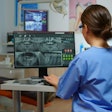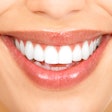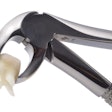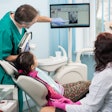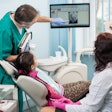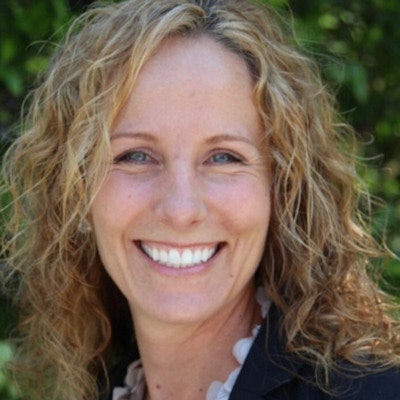
Burnout is an all-too-familiar phenomenon in healthcare, and it has only been exacerbated by the COVID-19 pandemic. Fortunately, technology can help make our lives easier in many ways, and artificial intelligence (AI) is something I believe will help hygienists and administrative professionals as much as it will help dentists.
Research studies have found 42% of medical professionals felt burned out in 2020. The problem extends to nearly all medical specialties and is particularly pertinent in dentistry. As a result, many hygienists are leaving their practices -- and sometimes the field entirely -- at an alarming rate.
 Sheela Roth.
Sheela Roth.According to a study in the Journal of Dental Hygiene, 8% of dental hygienists have left the industry since the onset of the pandemic. The various burdens that accompany the profession, including increased staffing shortages, heightened feelings of burnout among colleagues, and the pressure to tackle more patient caseloads have only escalated over the past 18 months as practices also took additional steps to ensure safety and sanitization. These new challenges were compounded by the fact that many dental offices faced financial losses due to patients postponing their appointments.
Hygienists are imperative to a practice's success, and during the many years I've worked in dentistry, I've experienced the excitement and stressors of the job. From tackling the demands of providing exceptional care to ensuring patient information is accurate -- all while allaying patients' fears and advocating for their needs -- the job requires that we wear many hats.
Common factors contributing to burnout among hygienists include the following:
- Limited appointment lengths, leading to hygienists reporting that they feel as though they're not able to spend enough time with patients
- Staffing shortages that are creating a lack of hygienists and administrative staff in the office, which contributes to overworking and dissatisfaction
- Increased patient load due to many patients returning in droves to offices after initial appointment postponements in 2020
Even in states that require patients to be seen by the doctor prior to the hygienists, hygienists are often the first to spot a treatment need, because we usually spend more time poking around the patient's mouth than the doctor does. While we are not qualified to provide a clinical diagnosis, we do feel pressure to accurately assess the patient and flag with the doctor any issues we see. That pressure, compounded with short appointment times, staff shortages, and high patient loads, is contributing to burnout and, ultimately, practitioners leaving the industry.
The importance of technology for reducing the burden
One area in particular where AI-enabled technology is already proving effective is in identifying where practices can improve operational efficiency. Whether it is automating patient outreach, prioritizing recall by patient need, or facilitating same-day treatment, AI systems streamline and improve the efficacy of many operational processes that save time and improve outcomes for office staff and patients alike, contributing to a more positive practice environment as a whole.
AI can add to that practice positivity in other ways too. Because AI can identify if a patient is due for radiographs or has unmet treatment needs, and it can inform practitioners of preexisting medical alerts, it allows hygienists more time to focus on our patients clinically. We can use the time we save to expedite our patients' office experience or to focus more on spending quality time and building a rapport with patients.
AI can also act as a "second set of eyes" to ensure we don't miss anything during an initial patient consultation, which can alleviate stress around liability and reinforce our confidence when it comes to treating patients. Measuring bone loss over time and tracking disease progression across historical radiographs, AI can take the guesswork out of monitoring decay and determine when it should be treated. This also helps hygienists make recommendations and flag key areas of concern to dentists, ensuring that patients receive the care and consideration they need during practitioners' busy days.
In these ways, integrating AI into dental practices not only provides practitioners with necessary additional support but also ensures patients continue to receive exceptional care, despite the current challenges we face. As we continue to see changes in the field, practices that adopt these new technologies will pioneer a new standard of patient care and, ultimately, provide hygienists with the tools they need to foster confidence, alleviate stress, and ensure success.
Sheela Roth, a graduate of Loma Linda University, is the director of practice development at Pearl. She has more than 30 years of experience in the dental industry and has served in a variety of roles, including working as a dental assistant, hygienist, manager, trainer, and, most recently, professional speaker and coach.
The comments and observations expressed herein do not necessarily reflect the opinions of DrBicuspid.com, nor should they be construed as an endorsement or admonishment of any particular idea, vendor, or organization.













